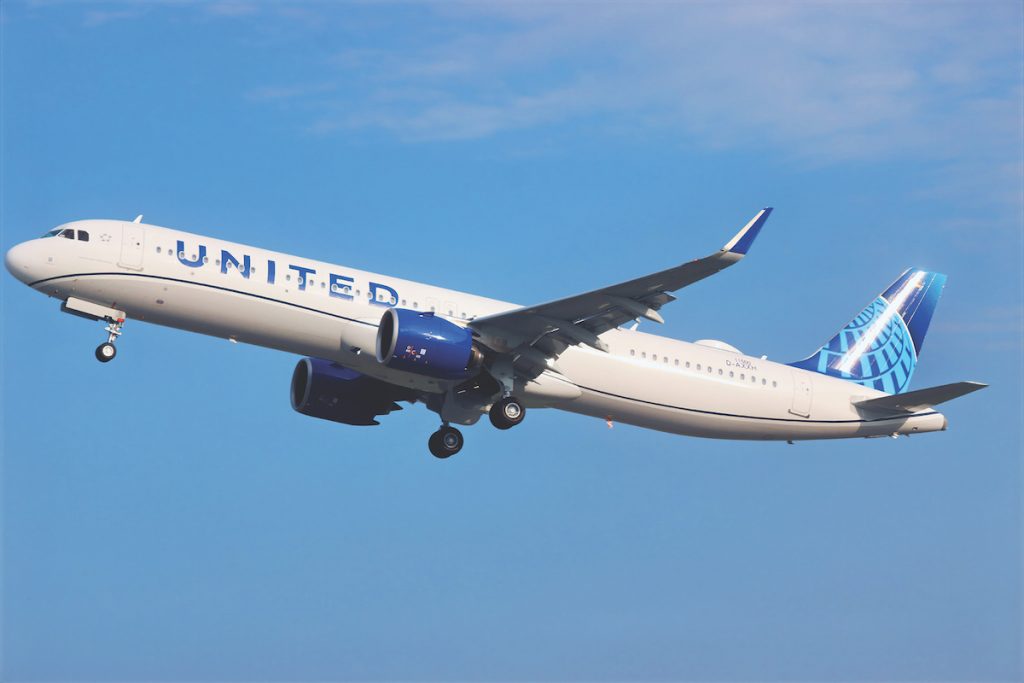United Airlines has expressed concerns to the Department of Transportation about how an Alaska-Hawaiian merger could impact its existing relationship with Hawaiian Airlines. This relationship includes interline, codeshare, pricing strategy, and loyalty agreements. The DOT is currently reviewing the proposed merger, which has been seen as a lifeline for Hawaiian Airlines due to declining revenues caused by factors such as a lack of inbound Japanese tourism and slow tourism recovery in Maui. If the merger clears the DOT review, it will be allowed to proceed, creating the fifth largest airline in the U.S. and giving Alaska greater access to Hawaii and potentially Asia.
Alaska CEO Ben Minicucci has previously mentioned his vision for a loyalty program for the combined airline, similar to Marriott Bonvoy, where both Alaska and Hawaiian brands could coexist. Both Minicucci and Hawaiian CEO Peter Ingram have voiced their desire to keep the brands separate while under the same loyalty program, respecting each carrier’s local culture and history. Ingram assured that the benefits for Hawaiian’s loyalty program would remain the same until the merger is finalized. The focus is on figuring out how to manage a dual brand under a single platform while maintaining the cultural legacies of both airlines.
In the Skift Travel 200 index, which includes the financial performance of nearly 200 travel companies worldwide, the airline sector stocks’ year-to-date performance is tracked. This index encompasses network carriers, low-cost carriers, and other related companies. The index provides a comprehensive look at the financial health and performance of the airline industry within the larger travel sector. Investors and industry analysts can utilize this data to monitor trends and developments in the aviation sector and make informed decisions about investment opportunities and market trends.
United’s multiple business agreements with Hawaiian, including those related to loyalty programs, are a key concern for the airline regarding the Alaska-Hawaiian merger. The issue was raised by United’s chief legal officer in a conversation with the DOT deputy general counsel. The details of United’s specific concerns were not disclosed in the government filing. As the DOT conducts its review of the proposed merger, the implications for existing partnerships and agreements between the airlines involved will be a critical factor in determining the merger’s approval.
The potential merger between Alaska and Hawaiian Airlines presents both challenges and opportunities for the aviation industry. For Hawaiian Airlines, the merger could offer a much-needed boost in revenues and market presence, especially in the Hawaii and Asia markets. Alaska’s CEO has articulated a vision for a loyalty program that would accommodate the distinct brands of both airlines, emphasizing the importance of preserving each carrier’s cultural heritage. The development of a combined loyalty program could offer customers more flexibility and benefits while maintaining the unique identity of each airline under the same platform.
The financial performance of airline sector stocks within the Skift Travel 200 index provides a snapshot of the industry’s stability and growth prospects. Investors and stakeholders can assess the sector’s overall health and performance trends through this index, which includes a diverse range of travel companies. The data offers insights into how airlines are faring in the current market environment and can inform investment decisions and strategic planning for industry players. As the airline sector continues to navigate challenges and opportunities, tracking performance indicators like those in the ST200 index becomes crucial for understanding market dynamics and making informed decisions.


